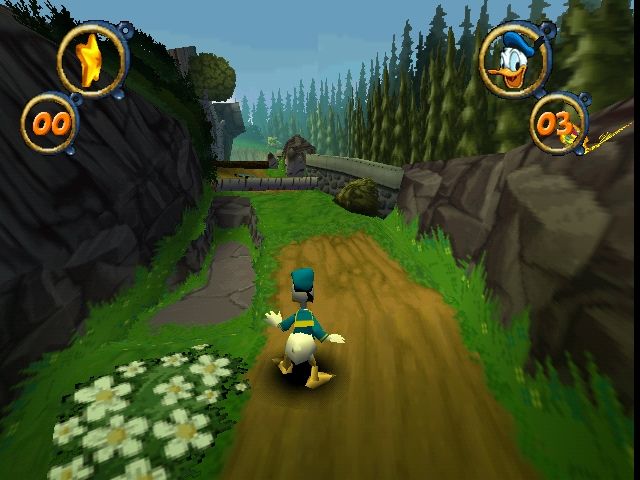Forest-themed levels in 3D linear games seem to be tricky to pull off. I primarily refer to first person games though this can easily be applied to third person games and possibly top-down games.
Older games were limited by the hardware used at the time so texture space and polygon counts were important to manage. These games uses a flat texture of trees to create the illusion of depth or create rocky cliff walls to obscure parts of the scene the player is not meant to view.
An example of a linear forest level is Forest Edge from Disney's Donald Duck: Goin' Quakers on the PlayStation 1.

A relatively recent example of a linear forest level are portions the Outlands White Forest from Half-Life 2: Episode 2 on the PC. You can see that it looks more like a small narrow valley. For gameplay and readability it works well and doesn't feel artificial though it's not quite a dense forest.

Outlast 2 did have areas set in tree-filled areas but the only indication of not being able to go through some bushes or trees are invisible barriers, which supposedly works but feels very artificial in my opinion.

Some games in recent years like The Forest and Ark: Survival Evolved have made fully explorable forest levels but they are non-linear open world games. Since the respective games aren't linear in nature they have no need to funnel players through areas designed to be traversed.

How can depth and believability be achieved without making the player confused or lose their direction? How can making a linear forest level be done without making the environment appear artificial?
I created this topic as I'd love to hear what you guys think. I don't think there's a right or wrong way going about making a 3D linear forest level.







